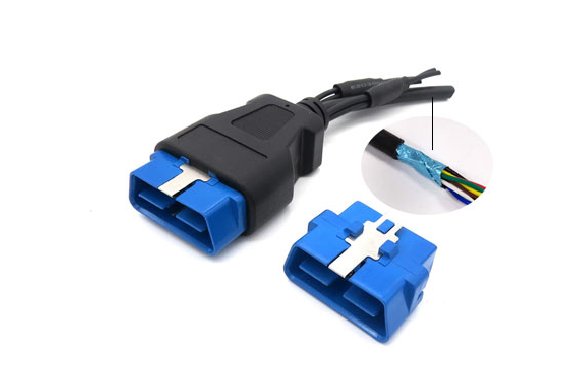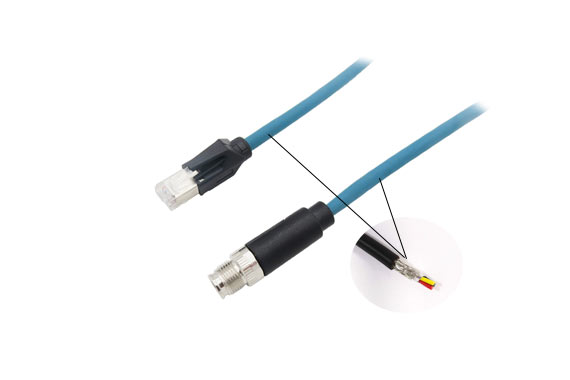What are the types of shielded cable
Cable shielding will have different performance levels, providing different degrees of the shielding effect. At the same time, there are many factors that determine the demand for shieldings, such as electrical application environment, cost (ie: why should we pay high costs for more shielding?), And cable diameter, weight and flexibility ...
There are two types of cable shielding: metal foil and braided mesh.

The metal foil shielding layer usually uses a thin layer of aluminum and is attached to a carrier such as polyester material to increase strength and make it stronger. The metal foil can provide 100% wrapping coverage for the wire, and has better shielding performance. But at the same time, because it is very thin, it is difficult to use, especially when it is connected to the connector. Therefore, in general, the entire metal foil shield is not grounded, but drain wires are used to connect the shield. The core wire of yeahui's YH1002 has a metal foil shield.
Braided mesh shields are usually woven from bare copper wire or tinned copper wire. It provides a low-impedance grounding path for electromagnetic noise and can be connected by crimping or welding when using the connector, which is very convenient. Braided mesh shields do not provide 100% coverage, because they always have small gaps on the surface of the conductor. Depending on the tightness of the weave, the woven mesh can usually provide 70% to 95% coverage. In general, however, for fixed-lay cables, 70% shielding coverage is sufficient. Yeshui's USB cable has both a braided net and metal foil.

In fact, although metal foil has a high shielding coverage, this does not mean that its shielding effect is better. The reason is that copper has a stronger conductivity than aluminum, which allows the woven mesh to conduct electromagnetic noise better. Therefore, as a shielding layer, the woven mesh often has a better shielding effect. Of course, it is not difficult to see that it also increases the size and cost of the cable to a certain extent.
In applications where the noisy environment is harsh, it is often necessary to use multiple layers of shielding. The most common is to use metal foil and woven mesh at the same time. For example: what we said before in the article "Twisted Pair", sometimes in a multi-core cable, each pair of wires will be wrapped with a metal foil shield to prevent crosstalk between the twisted pairs, while Will be shielded with metal foil or woven mesh or both. This combination of metal foil and the braided mesh allows the two shielding technologies to support and compensate each other, overcoming the limitations of the other with the advantages of one technology, thereby providing the cable with a shield that exceeds any single technology performance.
In practical applications, the purpose of shielding is to conduct the induced electromagnetic noise to the ground and become the return path of the noise signal, which is very important. Not understanding its meaning may mean invalid blocking. The cable shield and its termination must provide a low impedance ground path for electromagnetic noise. An ungrounded shielded cable will not work effectively, and any breakpoints or excessive nodes in the grounding path will reduce the shielding performance of the cable due to increased ground impedance.
Yeahui is a connector supplier with 11 years of experience in developing high-quality connectors and wiring harnesses. We have many types of products, including obd connector, circular connector, agricultural connector and so on. We can meet the requirements of various customers. Feel free to learn more about connectors or buy our connectors, looking forward to your message.
More about NEWS(The Role of Shielded Cable).
评论
发表评论